8 milestone Marshall amp heads
50 years of the Marshall stack: the great amps bearing the black, white and gold
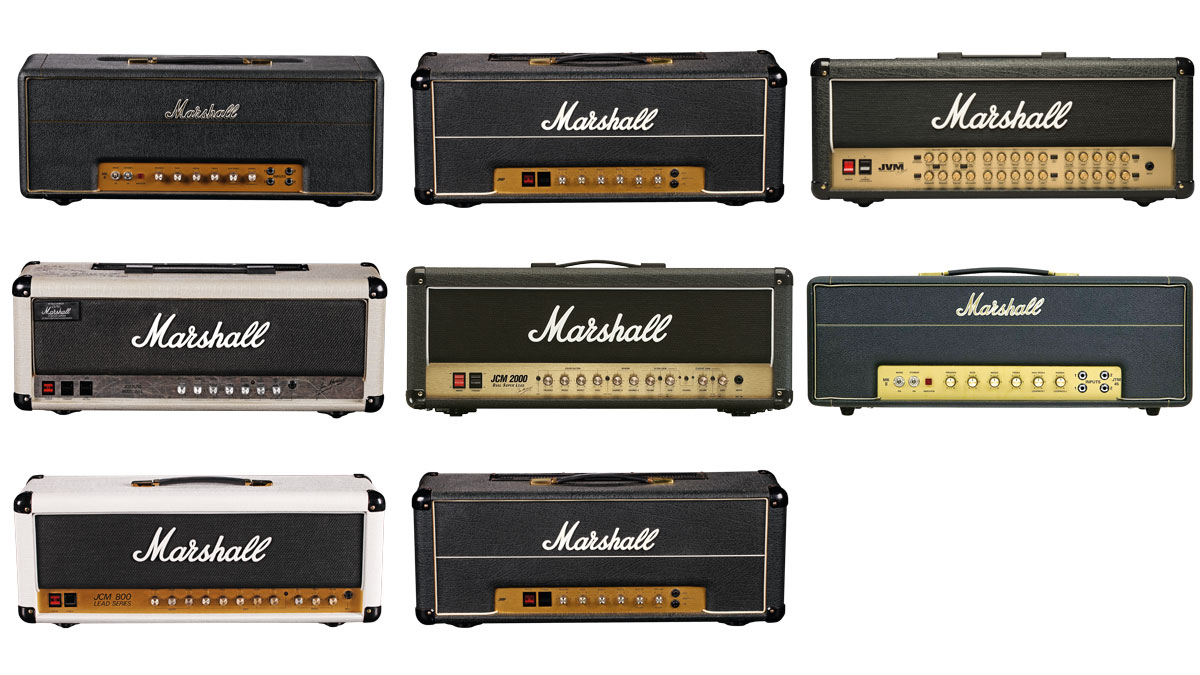
Introduction
What Jim Marshall started with the JTM45 rapidly evolved into a family of classic amps with their own, commanding voice. Here’s our pick of epochal Marshall heads...
Don't Miss
50 years of the Marshall stack: the birth of the 100-watt stack
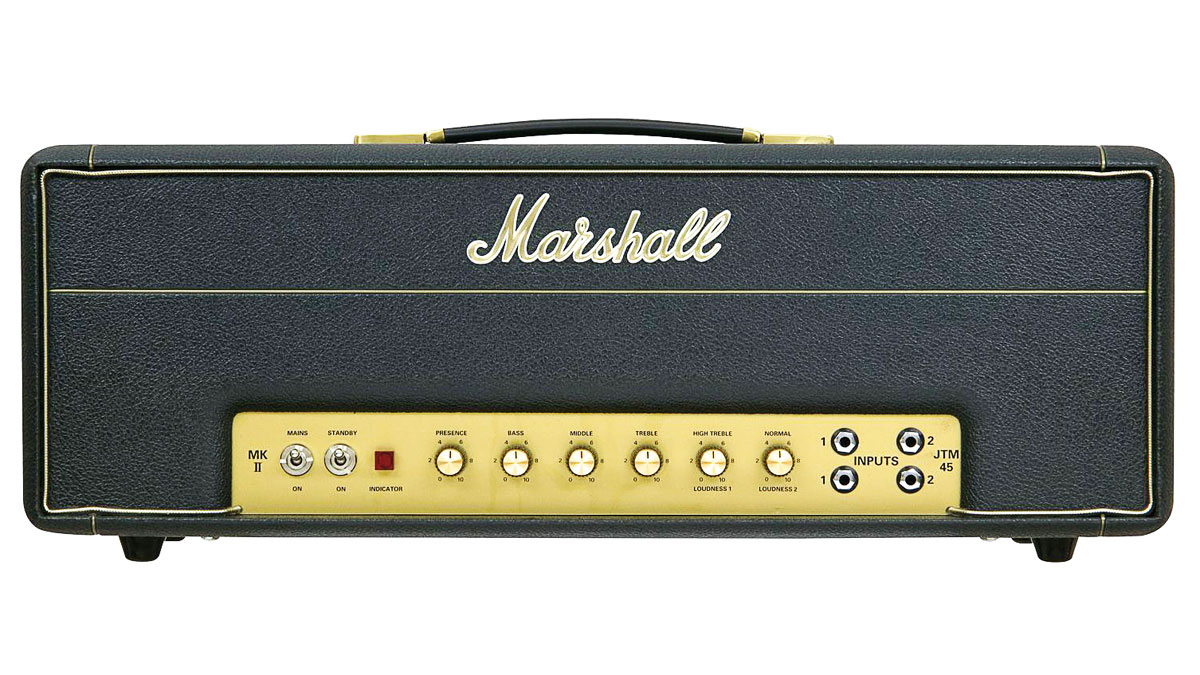
JTM45
Created by Jim Marshall and backroom boys Ken Bran and Dudley Craven in 1962, the very earliest JTM45 made rather less than 45 watts of clean output and had an off-centre aluminium control plate.
By ‘65, they had changed to a gold Plexiglass panel, with the script logo following by ‘66.

Super Lead 1959
Dating back to 1965, the original Super Lead ‘Plexi’ is the amp behind some of rock’s greatest guitar moments.
Page, Hendrix, Clapton, Kossoff, Van Halen, Young, Gibbons…the list stretches on. Originally introduced in 1965 with KT66s, and changed to four EL34s in 1967.
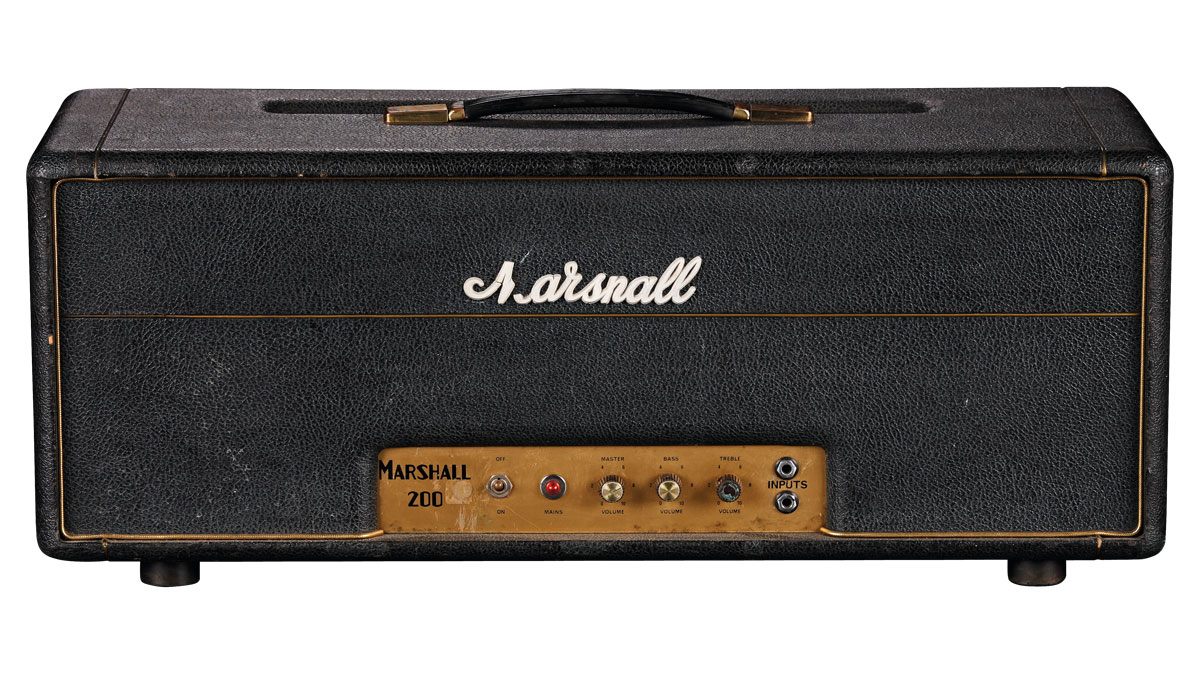
Major 200-watt
Released in 1967 as the ‘200’, the rare Major delivered 200 watts from four KT88 valves.
Early models had active EQ, revised to the standard passive network later. The Major’s most famous user is Ritchie Blackmore; a modified version was key to his tones on Deep Purple 70s albums.
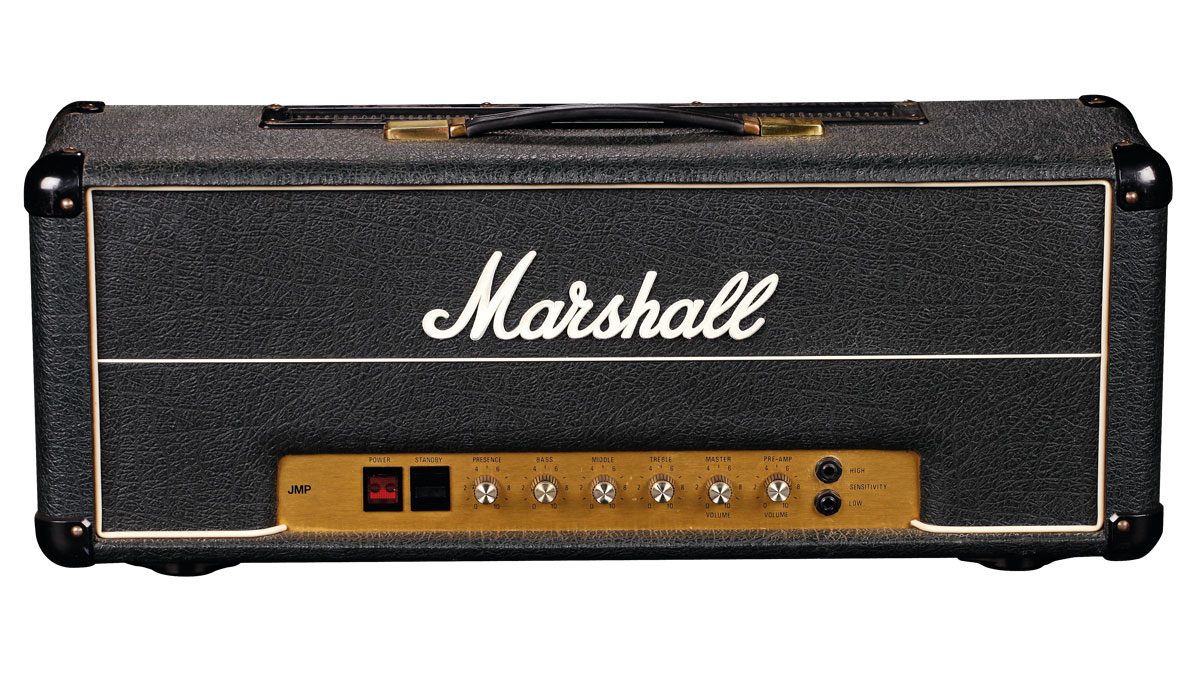
2203 Master Volume
Introduced in 1975, the 100-watt 2203 presented the master volume concept.
With two inputs instead of four, and large rocker switches, the early 2203’s were among the best early Marshalls, with much of the sweeter, more transparent tone of the JTM45 and 1959 models.
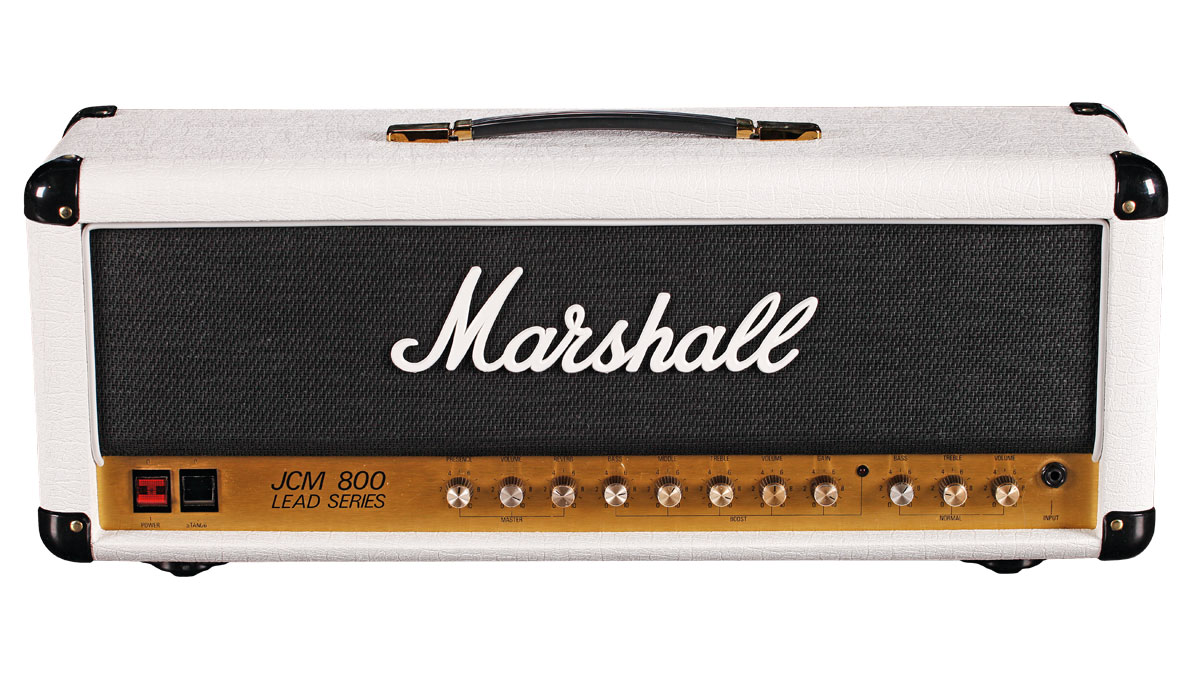
JCM800 2205 Dual Channel
Introduced in 1982, the 2205 featured split channels and reverb.
It was also one of the first to feature the infamous diode clipping circuit that added extra overdrive grind.
This amp, along with the earlier JCM800 Lead head, typifies the brutal 80s rock sound that kick-started the NWOBHM.
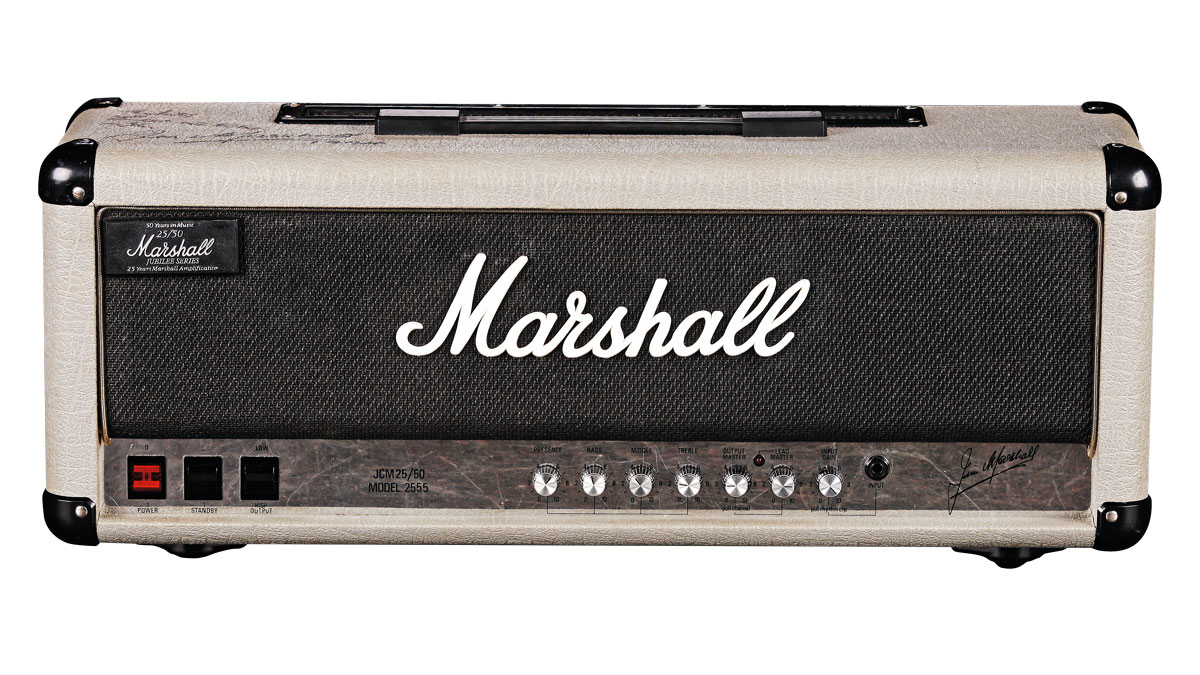
2555 Silver Jubilee
The Silver Jubilee amps were made in 1987 to celebrate 25 years of Marshall amp production and Jim Marshall’s 50th year in the business.
Pentode/Triode switching reduced the output by half, and it also had a dual-voiced rhythm channel. Slash was among its many devotees.

Dual Super Lead 100
Introduced in 1997 as the big-hitter of Marshall’s JCM2000 Series, the twin channel DSL100 married the high-gain performance of the earlier JCM900 Series to a classic palette of Marshall tones, via its Classic Gain (Super Lead-like) and Ultra Gain (JCM800 and beyond) channels.
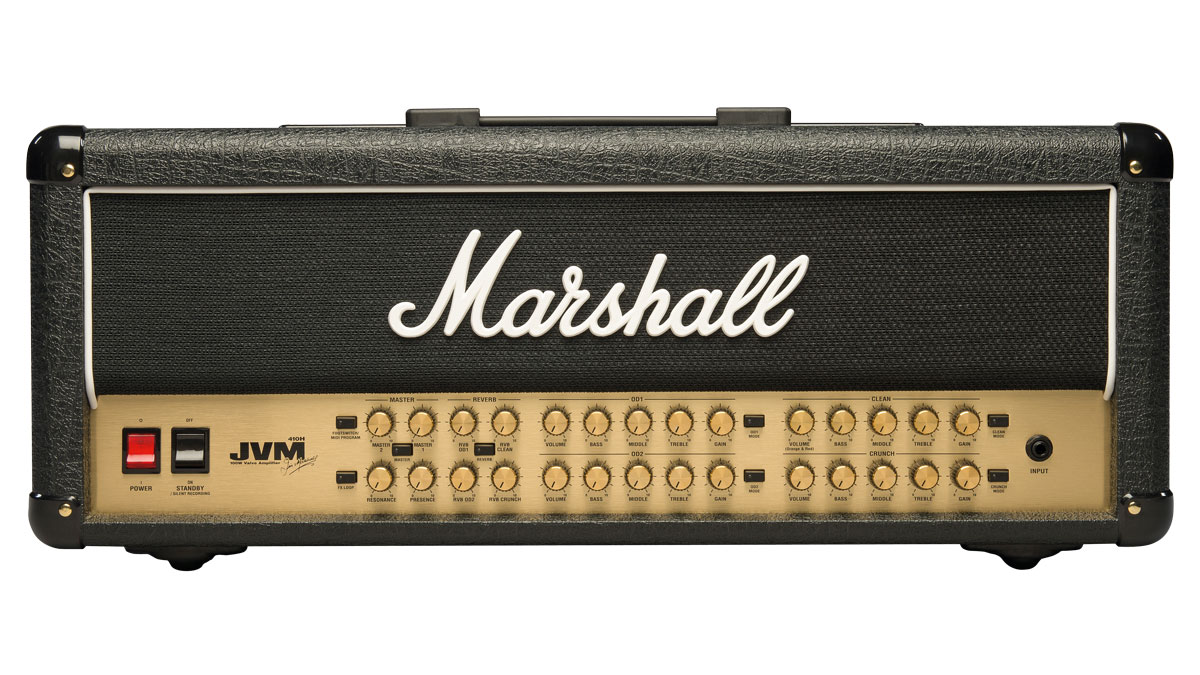
JVM410H
Introduced in 2007, the current Marshall flagship has no less than four channels, each with three modes, MIDI control, silent recording and much more.
In some ways it harks back to earlier models: despite the addition of a digital reverb, the main signal path is all-valve, with no LED clipping.
Don't Miss
50 years of the Marshall stack: the birth of the 100-watt stack
“Its mission is simple: unleash the power of any amplifier or line-level source without compromise”: Two Notes promises a “watershed” in tube amp control with the Torpedo Reload II
“A pedal that sings with harmonic richness and blooming touch response”: Tone King offers up boutique tube amp tones for your pedalboard with the Imperial Preamp
“Its mission is simple: unleash the power of any amplifier or line-level source without compromise”: Two Notes promises a “watershed” in tube amp control with the Torpedo Reload II
“A pedal that sings with harmonic richness and blooming touch response”: Tone King offers up boutique tube amp tones for your pedalboard with the Imperial Preamp











